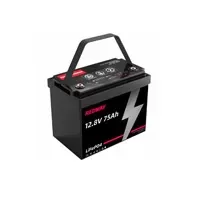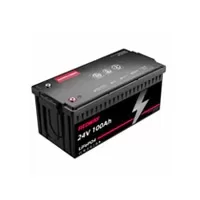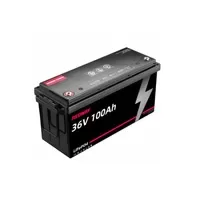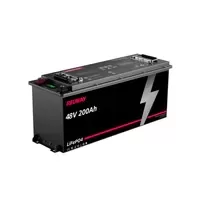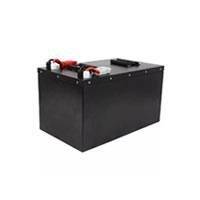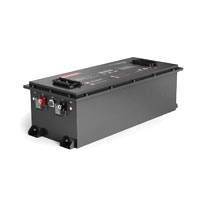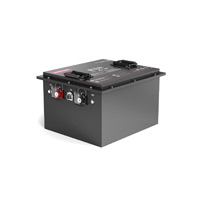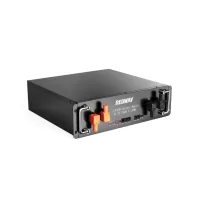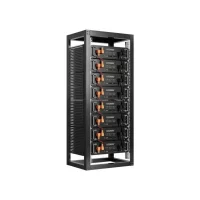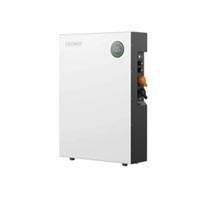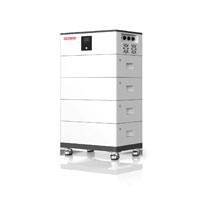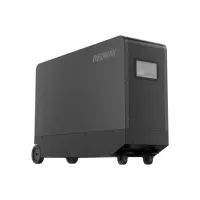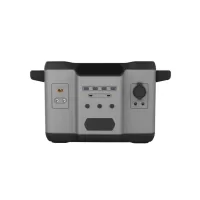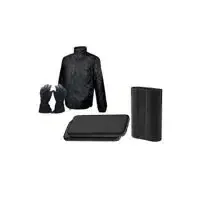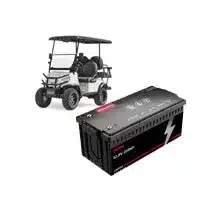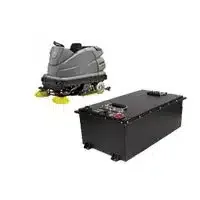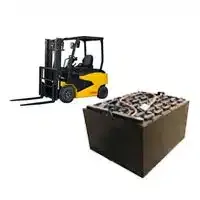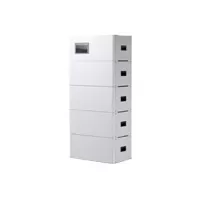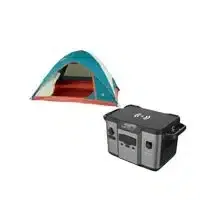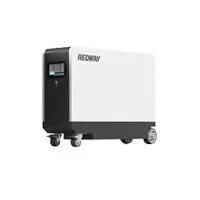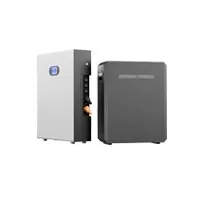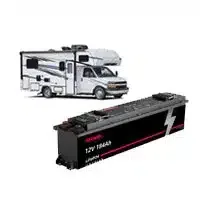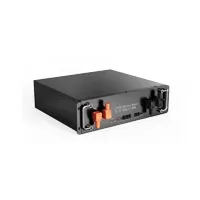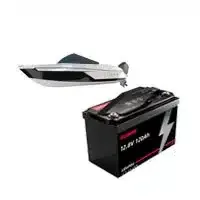Are racks and rails the same? Not quite! In this blog post, we’ll unravel the confusion surrounding these terms and explore their unique roles in efficient storage. Whether you’re a DIY enthusiast or seeking organization tips, understanding the difference is key. Let’s simplify and enhance your storage space – let’s begin!
Understanding the purpose of racks and rails
Racks and rails play distinct roles in various industries, offering efficient storage and support solutions. Let’s break down their purposes for a clearer understanding:
- Racks for Smart Storage:
- Racks are robust structures designed for systematic item organization.
- Found in warehouses, stores, and homes, they optimize space and provide easy access to stored goods.
- Whether shelves, bins, or pallets, racks focus on efficient storage solutions.
- Rails for Support and Movement:
- Rails act as guides or support systems, facilitating movement or attachment.
- Common in transportation systems (trains, roller coasters) and industrial settings (conveyor belts, assembly lines).
- Unlike racks, rails go beyond storage, enhancing efficiency and productivity through smooth movement.
- Choosing the Right Fit:
- If efficient organization and optimized storage are your priorities, quality racks are the go-to option.
- For operations requiring movement or attachment support, reliable rail systems are crucial.
- Understanding these purposes guides informed decisions for your storage or operational needs.
Understanding the roles of racks and rails empowers better decision-making for tailored storage and operational solutions.
Types of racks and their uses
When it comes to racks, versatility reigns supreme with various types tailored for specific needs. Let’s explore the diverse rack landscape and their practical applications:
- Storage Racks:
- Ideal for warehouses, these racks efficiently organize and store goods like pallets, boxes, or lengthy items such as pipes or lumber.
- Different sizes and designs cater to diverse storage needs, ensuring optimal space utilization.
- Clothing Racks:
- Perfect for retail or home closets, these racks keep clothes neatly hung.
- Available in freestanding designs for mobility or space-saving wall-mounted options.
- Wine Racks:
- A must-have for wine enthusiasts, these racks offer an elegant storage solution, showcasing bottles beautifully.
- Options range from countertop displays to large-scale floor-standing units for extensive collections.
- Server Racks:
- Essential in the digital age, server racks securely house servers and networking equipment.
- Designed for proper ventilation and cable management, ensuring efficient technology infrastructure.
- Bike Racks:
- Whether for cycling enthusiasts or casual riders, these racks provide a convenient solution for bike storage.
- Available in various designs, including wall-mounted hooks, freestanding vertical stands, and ground-level horizontal bars.
- Truck Bed Racks:
- For those transporting heavy equipment, truck bed racks offer additional cargo space without compromising safety.
- Sturdy structures secure tools and gear above truck bed level, maintaining visibility while driving.
In this diverse array of racks, there’s a solution for every storage, display, or transportation need. The world of racks is vast, catering to a multitude of purposes!
Types of rails and their uses
In the world of industries, rails play a crucial role in providing support, guidance, and stability to different systems. Let’s delve into common types of rails and their specific uses:
- Guide Rails:
- Designed for smooth object or vehicle movement in conveyor systems.
- Ensures accurate tracking, preventing deviations or misalignment during the process.
- Handrails:
- Primarily a safety measure for staircases, walkways, or ramps.
- Offers support for individuals, enhancing balance during ascending or descending steps.
- Curtain Rails:
- Found in homes and hotels, they secure curtains or drapes on windows or doorways.
- Enables easy opening and closing of curtains while enhancing interior aesthetics.
- Train Tracks:
- Crucial for safe train transportation over long distances.
- Robust steel tracks ensure trains stay on course, preventing derailments.
- Drawer Slides:
- Facilitates smooth sliding motion for drawers in furniture like cabinets and desks.
- Various designs, such as side-mount or undermount slides, enhance convenience and easy access to stored items.
- Clothes Hanger Rails:
- Common in closets, providing a neat hanging space for clothes.
- Sturdy construction ensures durability, even with heavy garments.
These examples showcase the versatility of rails across sectors, guiding industrial processes, maintaining safety standards, and enabling efficient storage solutions. Rails indeed play an indispensable role!
Key differences between racks and rails
When it comes to storage, racks and rails are popular choices, each with unique features suited for different purposes.
- Racks:
- Sturdy structures with shelves for holding various items.
- Available in different sizes and types, offering easy access to stored goods.
- Ideal for storing bulky or heavy items like tools, equipment, or containers.
- Rails:
- Linear structures made of metal or wood, serving as support for hanging items.
- Commonly used in closets, retail stores, and kitchens for efficient hanging storage.
- Focuses on vertical storage, allowing easy organization and accessibility.
- Key Differences:
- Racks provide horizontal surfaces for storage, while rails focus on vertical hanging.
- Racks handle heavier loads, making them versatile for garages and warehouses.
- Rails are efficient for organizing clothes and retail spaces, supporting lighter objects.
Understanding these distinctions helps choose the right solution for your specific storage needs!
Which one is better for your needs?
When deciding between racks and rails for your storage needs, it boils down to your specific project requirements. Let’s break down their key strengths to help you make an informed decision:
- Racks for Stability:
- Ideal for stable and robust storage solutions.
- Commonly used in industries like warehousing and retail.
- Perfect for securely holding heavy equipment or organizing merchandise.
- Rails for Accessibility:
- Preferred when easy access and movement of items are crucial.
- Excellent for applications like kitchen drawer systems or tool cabinets.
- Enables smooth sliding motion, allowing effortless access to shelves or drawers.
- Considerations for Decision:
- Evaluate factors like weight capacity, ease of access, and available space.
- There’s no one-size-fits-all answer; it depends on your project’s unique demands.
- Assess whether stability or accessibility is more critical for your specific application.
In conclusion, by carefully analyzing your project’s demands and considering factors like stability and accessibility, you can confidently choose between racks and rails based on what suits your unique needs!


